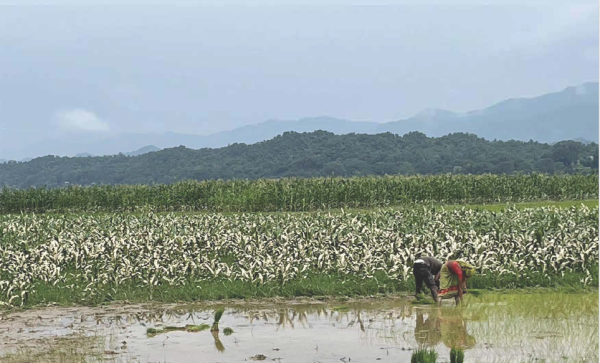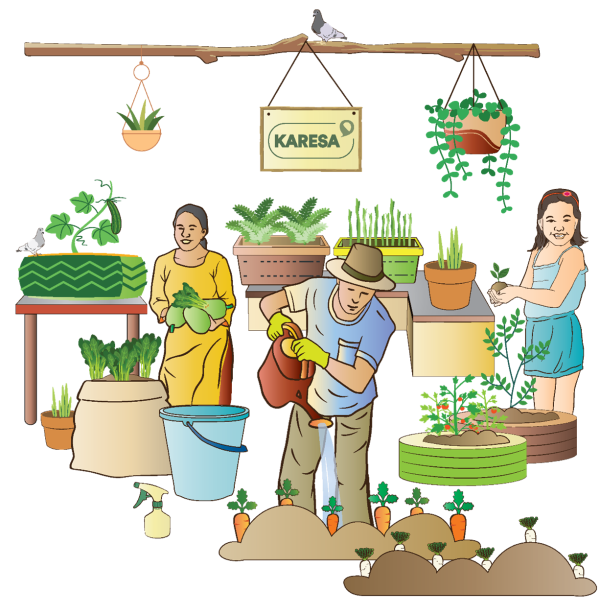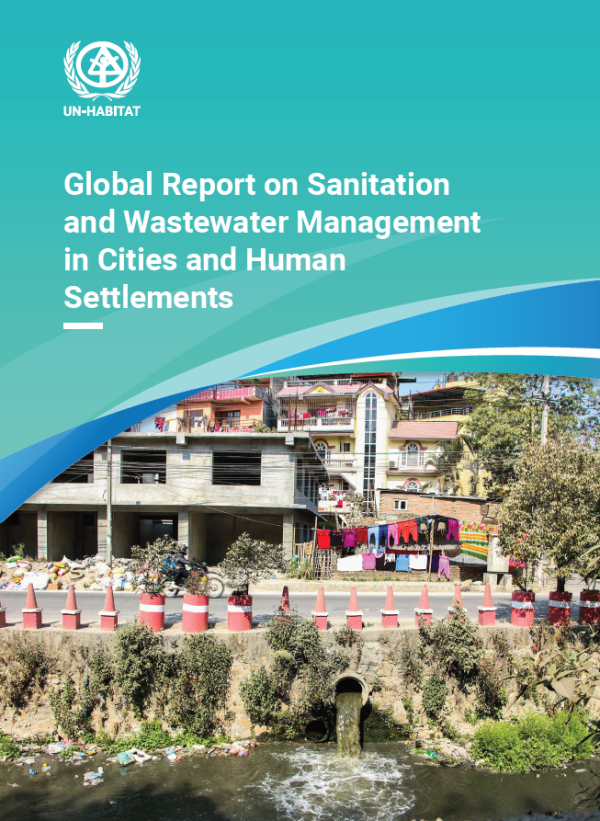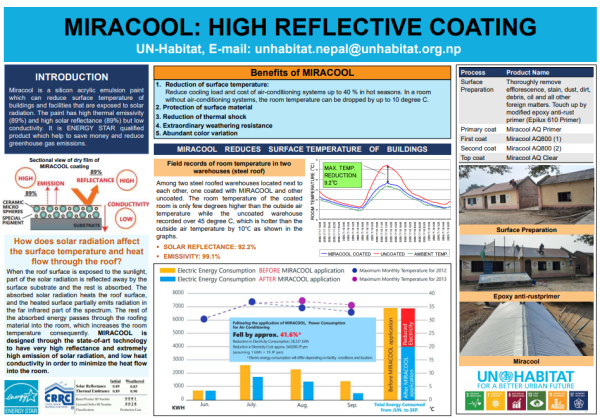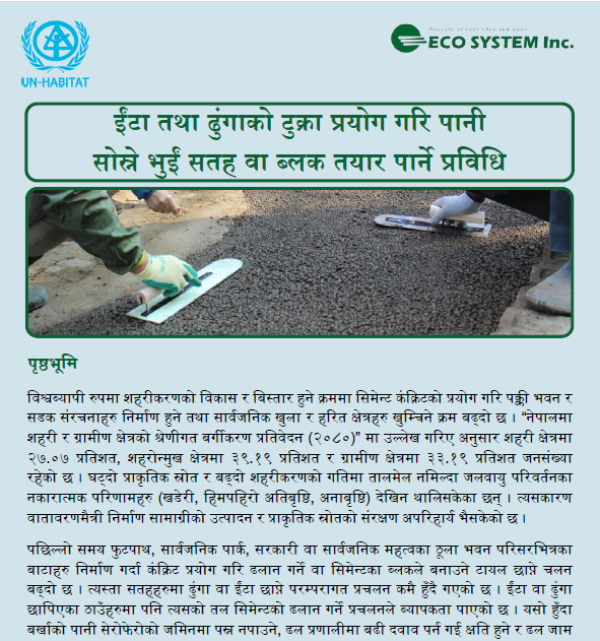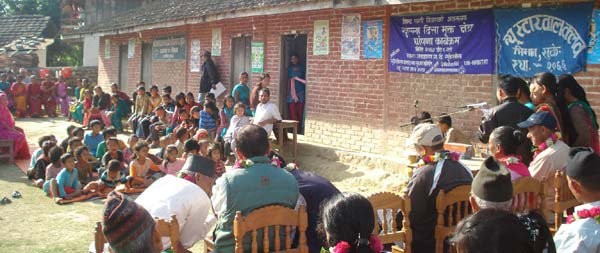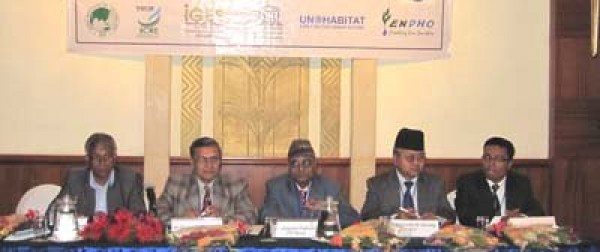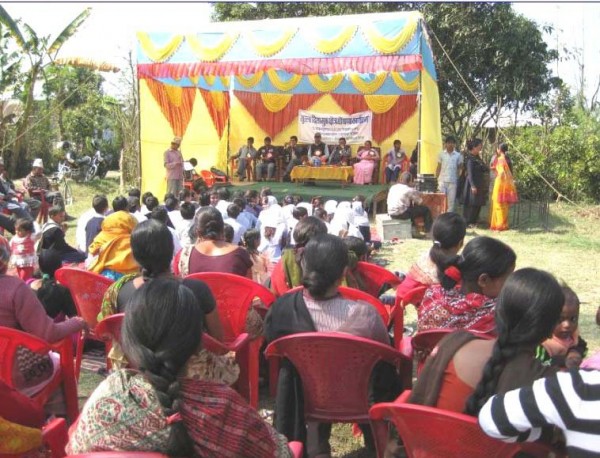Garbage - Source of Biogas, Manure
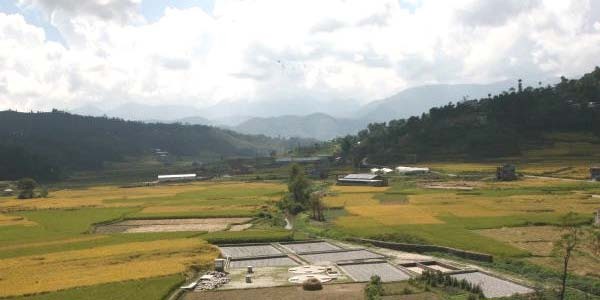
Kathmandu, November 27: Cover your nose, if you will, but Dhulikhel Municipality is turning its foul-smelling garbage and human wastes into biogas, manure and water for use in homes.The municipality has installed a wastewater treatment plant,which aims to benefit more than 3000 of its people. Various organisations agreed to establish the plant in hopes that othersmall towns could replicate it. This is an Asian Development Bank funded Urban and Environment Improvement Project (UEIP). “The treatment plant has manifold advantages to the community and the area. It is environment friendly; it gives nearly two cylinders of biogas everyday; it yields high-quality compost manure for our crops; and last but not the least, it helps make our holy rivers and rivulets sacred and clean,” said Rajesh Manandhar, coordinator of Water and Sanitation Department at UN-HABITAT Water for Asian Cities Programme. In technical jargons, a Community Based Wastewater TreatmentPlant of Reed Bed Treatment System (RBTS) connects a biogas reactor having capacity of 150-cubic metre at Shreekhandapur in Ward No. 9 of the municipality. The system has been established with the technical support of the Environment and Public Health Organisation (ENPHO) and financial support of the UNHABITAT Water for Asian Cities Programme Nepal. The present discharge was 103 cubic metres, but the total capacity in design was 205 cubic metres per day, sources said. “The work has already been completed and the production of biogas will start within a few months as it takes time for fermentation,” Manandhar said. Kishore Thapa, joint secretary at the Ministry for Physical Planning and Works, said drainage was the main environmental challenge in the urban development. “We are going to replicate this programme in other cities also,” he added. He further said that the government was planning and working for replicating the technology by enabling the management of the wastewater of big cities like Kathmandu.“Now there is a new government and it doesn't accept the proposal for sewage programme until and unless there is a provision of wastewater treatment plant,” he said. The User’s Committee has been provided four ropanis of land worth US$ 26,000 by the municipality and the UN-HABITAT, provided $90,000 financial support for the construction.Government of Nepal, under funding of Asian Development Bank, has implemented Urban and Environment Improvement Project (UEIP) in eight growth nodes cities surrounding Kathmandu valley to address environmental degradation issues caused by rapid urban population growth in Nepal and Dhulikhel Municipality is one of these. Based on the efficiency of the wastewater treatment plant constructed in Shreekhandapur, around 30 other RBTs will be constructed in these municipalities under UEIP. Lauding the multifaceted benefits of RBWTS, Thapa said that the government would conduct further research on the effectiveness and efficiency of this program to improve the technology for its replication in other municipalities.
